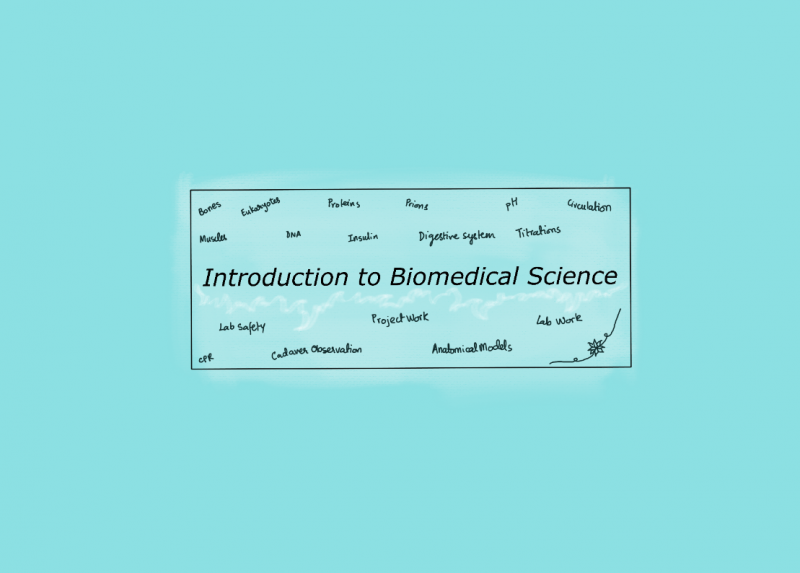
Learning about the body, inside and out: An Introduction To Biomedical Science Course Review
At the heart of biomedicine at Karolinska Institutet lies the study of the human body, and the Introduction to Biomedical Science offered me a chance to glimpse that. Have questions about the content, the schedule, the learning activities, the teachers, social life, and the exam? Read on to find out!
Introduction to Biomedical Science, or IBS, is a course that focuses on two main aspects: biochemistry and systematic anatomy. Along with this, practical lab work at KI is brought into the picture and other core topics like ethics, animal models, and the biopharmaceutical industry are also introduced.
What does the schedule look like?
The schedule will look a bit different every year, but here’s what mine was like. All laboratory, safety, and CPR sessions are mandatory, and other things are recommended. Naturally, there are people for whom some learning styles will work better than others, so they will choose to attend some classes and study on their own during others.
Learning Activities in the IBS
This course integrated several approaches to learning, so if you look at the schedule you’ll see these different things:
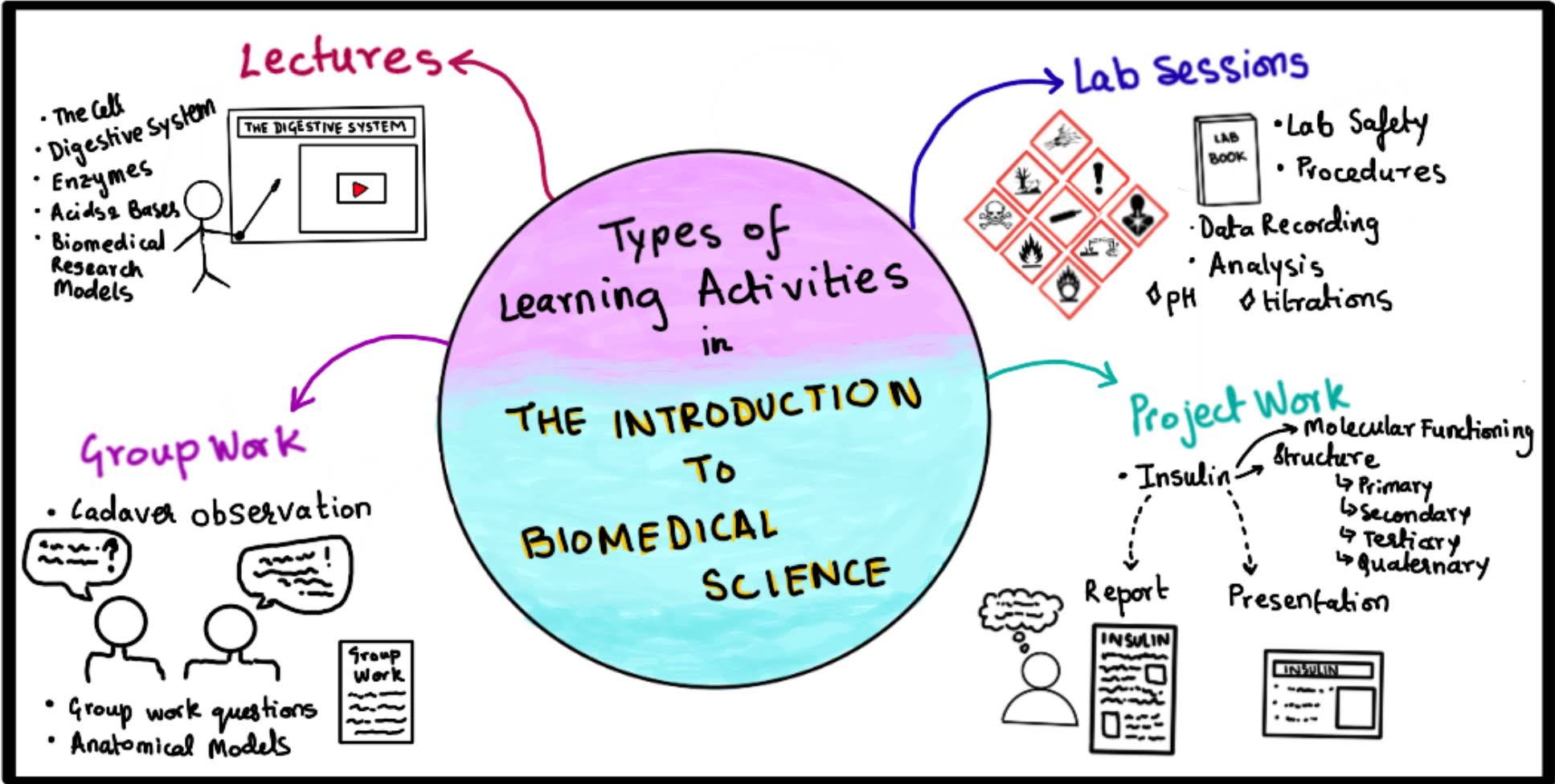
- Lectures: there were lecturers going over the material, usually with PowerPoint presentations. In this course, almost every lecturer took over a certain section—one for systematic anatomy, one for biochemistry, one for pH and buffers. The standalone topics like ethics, animal models, and the biopharmaceutical industry had their own lecturers. The whole class (so about 60 of us) was in a big hall for these (Rockefeller, for those of you who want to check out our webinar about the KI Solna campus here)
- Group Work: the goal here was to learn by working on a question booklet with your fellow classmates. These group work sessions were for systematic anatomy, so teaching assistants—usually med students a few years into university—helped us out. A cadaver observation was spontaneously incorporated too, so we actually got to see how the different structures looked and felt (the joints, the mesentery, and the heart for instance).
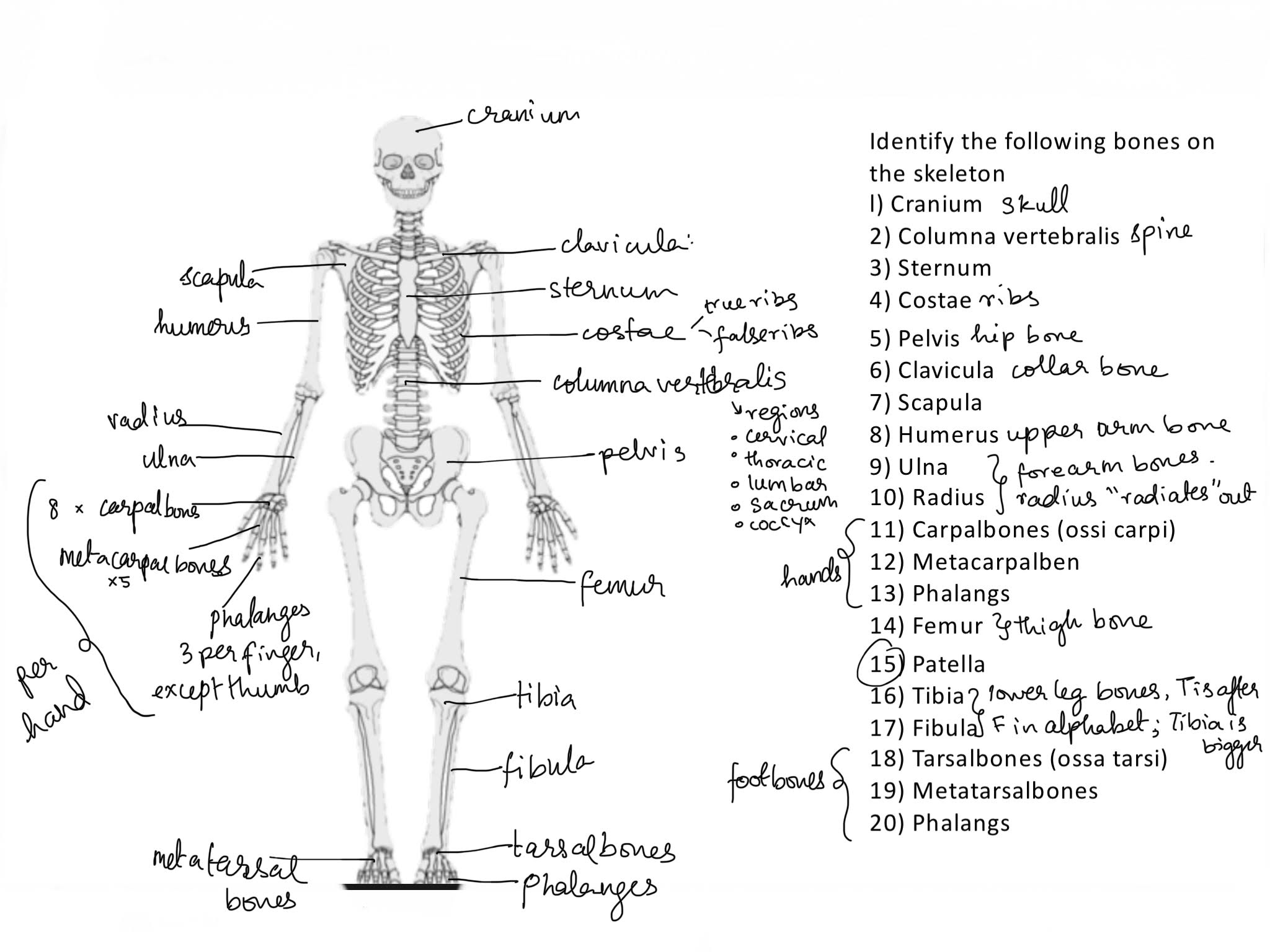
Whether you prefer to work with your teammates digitally or by hand…
Credit: Annotation by Inika Prasad, Image from Niclas Wisén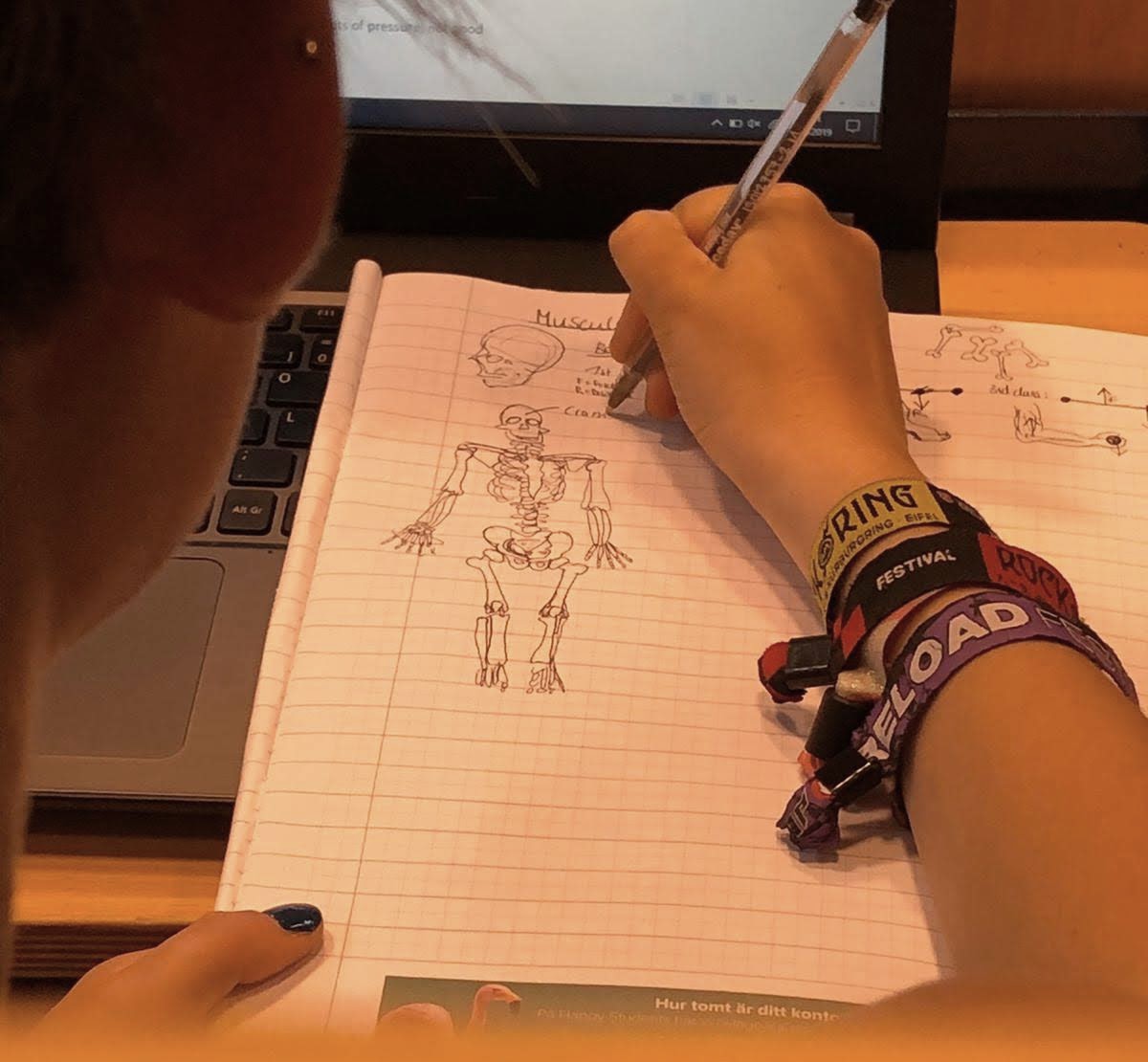
…diagram drawing and labeling will become your best friends in this course. Credit: Marlene Rietz
- Lab Sessions were for learning about the safety aspects of the lab, some basic techniques like pipetting, and doing some practical work with pH and buffers. KI was very thorough with procedures and safety regulations in this course, and built upon it in next course about General Organic Chemistry—course review soon!
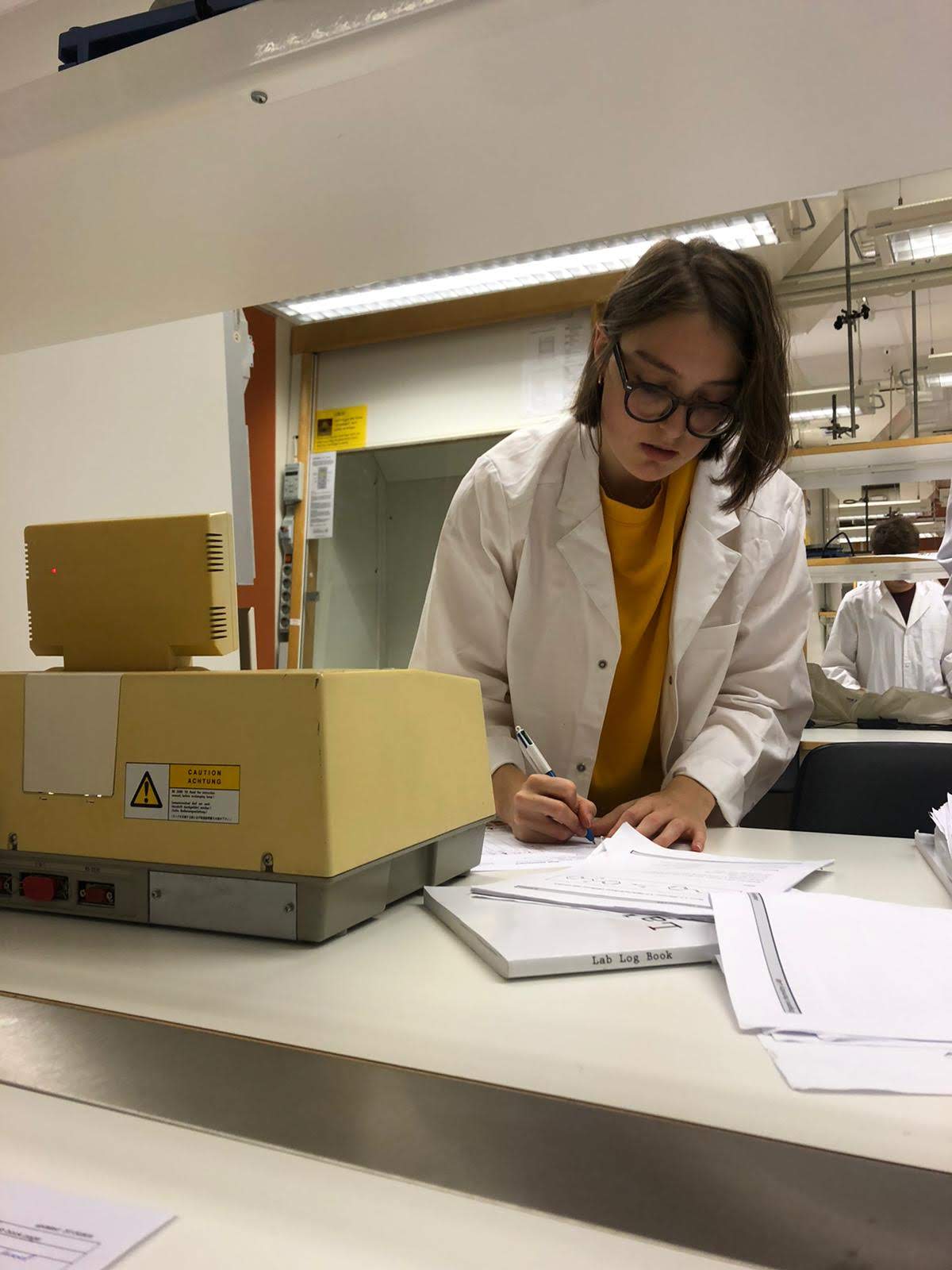
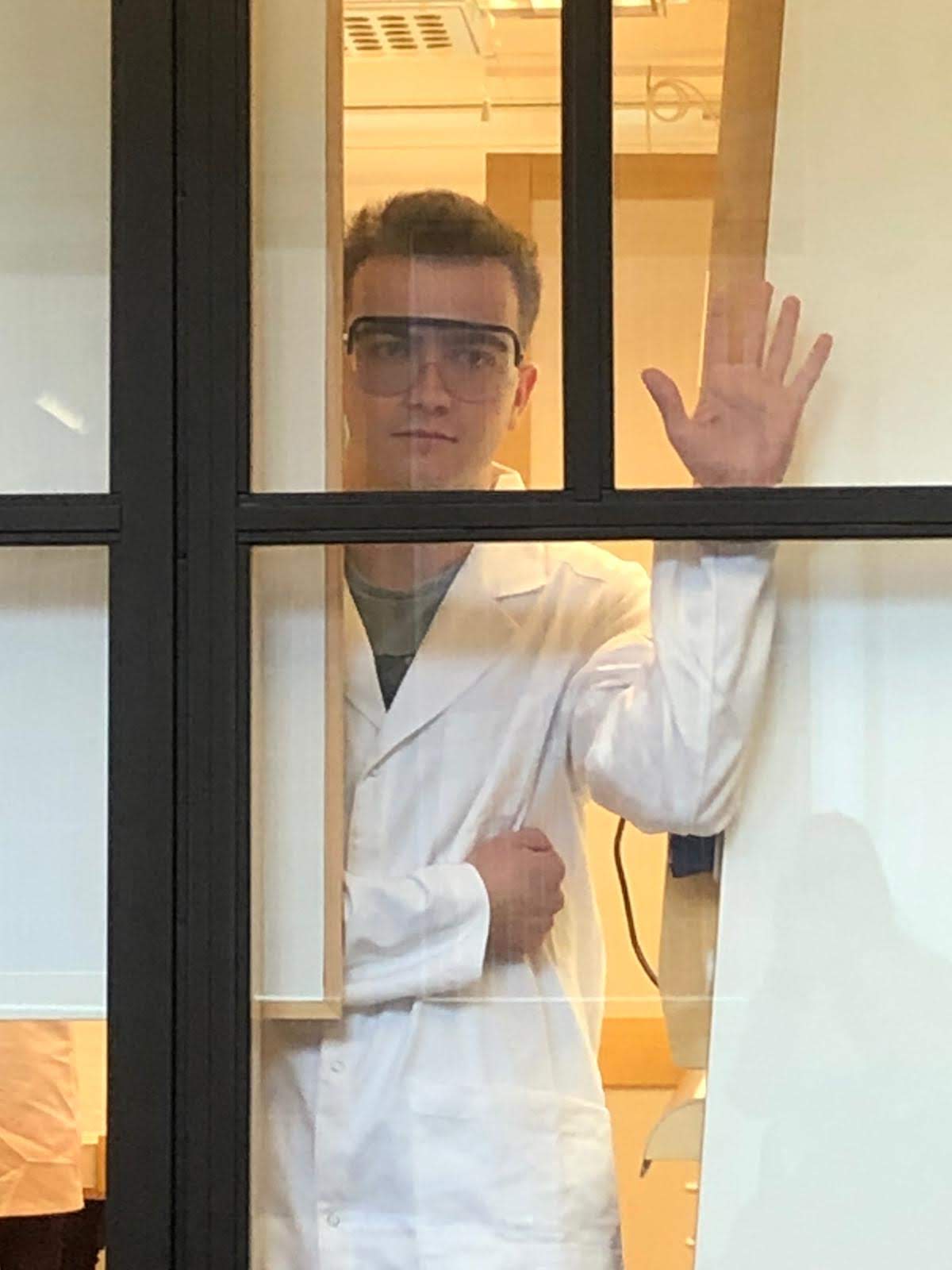
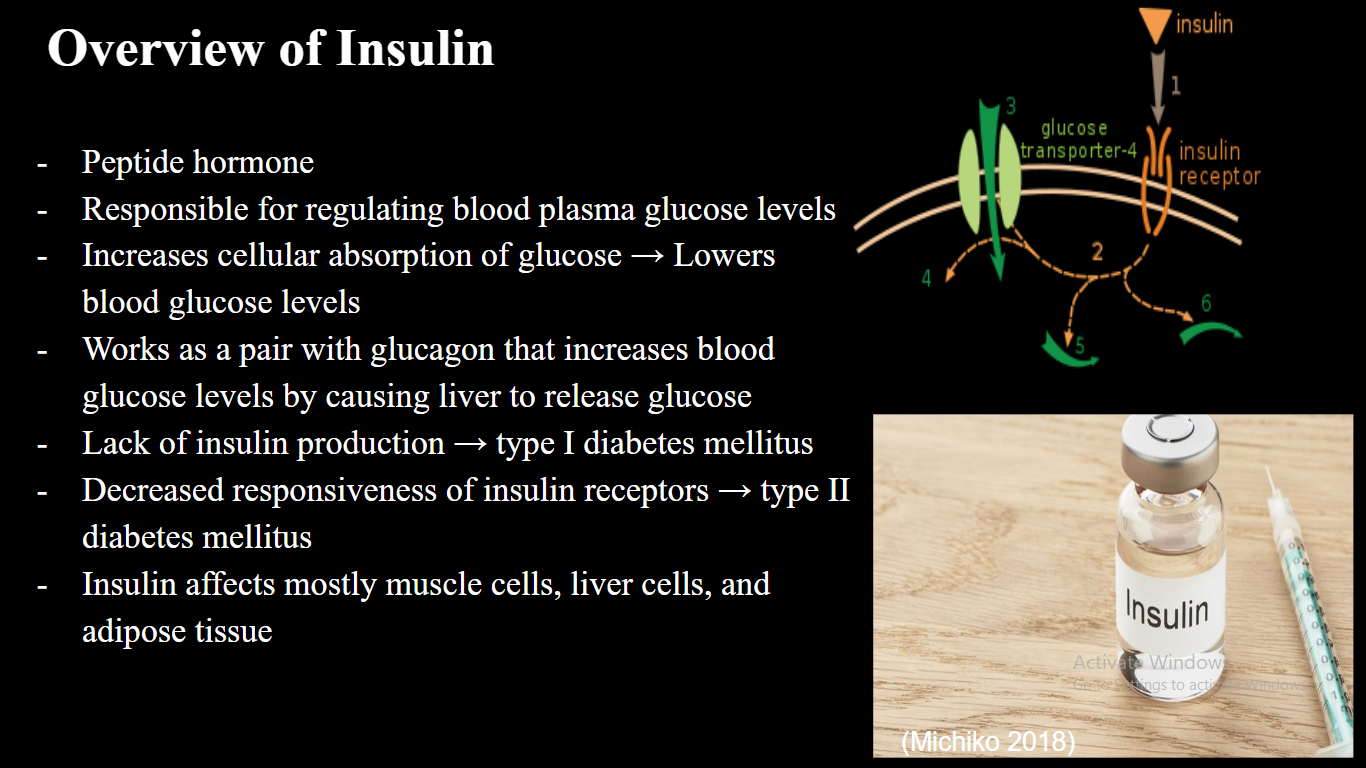
- Project Work: This was done in groups of 4, and we had to write a report and give a presentation on the hormone insulin. The primary objective was to learn about the structure and synthesis of proteins, and gain a more in-depth knowledge about insulin.
- CPR: Cardio- Pulmonary Resuscitation, is a basic life support technique that we learned and got a certification for (The motivation behind this was “If you’re at a medical university, you should know CPR”). Each session was about eight people and was taught at the Karolinska Hospital across the street. We all gained a valuable skill and a certificate from this course.
Oh and by the way — several blocks of the schedule above mention group numbers — the class was divided into groups of 2 and many sessions like CPR and group work were held a few groups at a time.
The Teachers
Those with classroom experience: Several teachers had a lot of experience in holding the classes, and this reflected in the way they taught and addressed questions. It was evident that they knew the material in and out, and that they had taught it many times before.
Those with experience beyond the classroom: Several teachers were researchers, and their insights and tips really made the material seem more alive. It was great talking to these people, and I loved hearing about what they were working with. SciLifeLab (research based collaboration between some of Sweden’s top universities) and the Karolinska hospital (one of the best in Sweden) are right across the street so here at KI we have a really enriched atmosphere from people with all sorts of experiences.
The fresh teachers: And lastly, those who didn’t have any experience teaching (like the med students teaching us anatomy) were great to discuss things with and had a really good grasp of what we would find simple or challenging since they had themselves learned the material recently.
All in all, the learning experience was very well rounded and balanced between the different types of teachers and in the different learning styles.
Social life and Extra-curriculars during IBS

These were the first few weeks of university life so there was a lot (and I mean a LOT) going on in terms of activities, social events, get-togethers, and so on. For instance, I attended the biomedicine introduction sittning (a sit- down dinner with all my classmates), a Stockholm treasure hunt, board meetings for the different Medicinska Föreningen (Student Union) clubs, etc.
The Exam
It all rounded off with a final exam on what we had covered—3.5 hours and two sections: systematic anatomy and biochemistry. For me, reading the book plays a huge role, so I spent the last few days before the exam bingeing the recommended reading. Your scores on this exam translate into your grade for the course (as long as you have passed the project work): a Pass with Distinction (VG), Pass (G), or Fail (U).
Final Thoughts
All in all, I’d say that this course gave us quite a solid base for the rest of this program. It was challenging to integrate the knowledge from fields as different as systematic anatomy an biochemistry, so I think that more seamless teaching could have done us well.
On that note, I hope you guys found this course review helpful!
Until next time,
Inika~
Inika Prasad — Biomedicine BSc
Hello, Inika here. I’m a third-year Biomedicine bachelor’s student at KI. I'm from India and a little bit from Sweden. As a Digital Ambassador Blogger, I'll be writing about my programme, things happening in and around KI, and giving insights into university life.

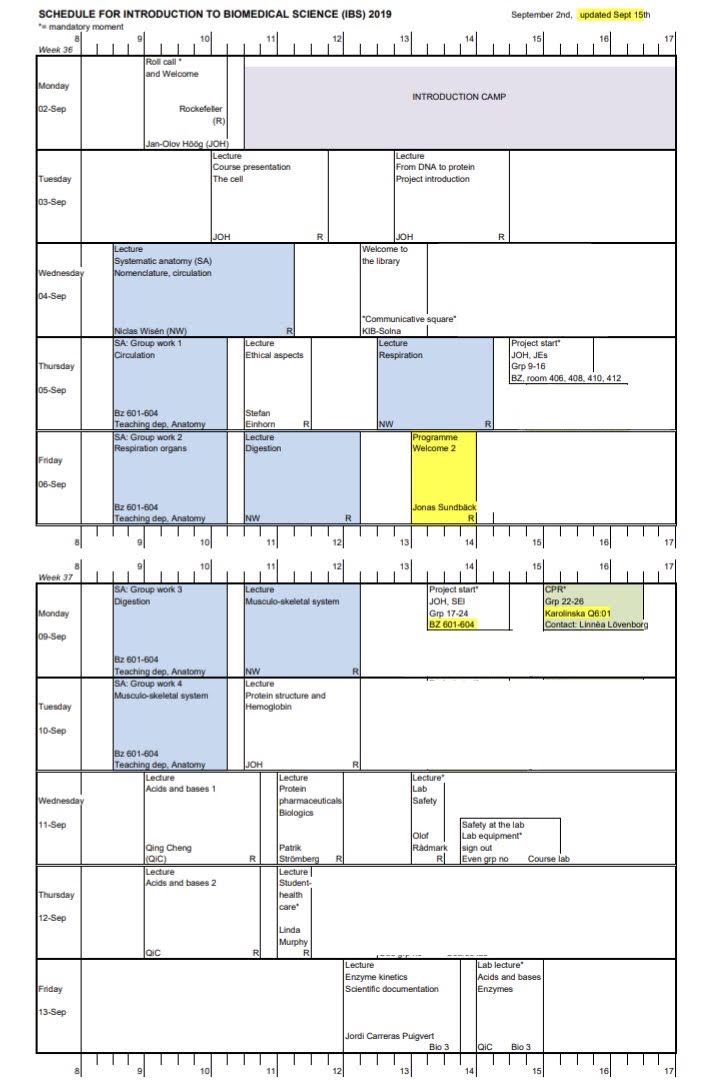

0 comments